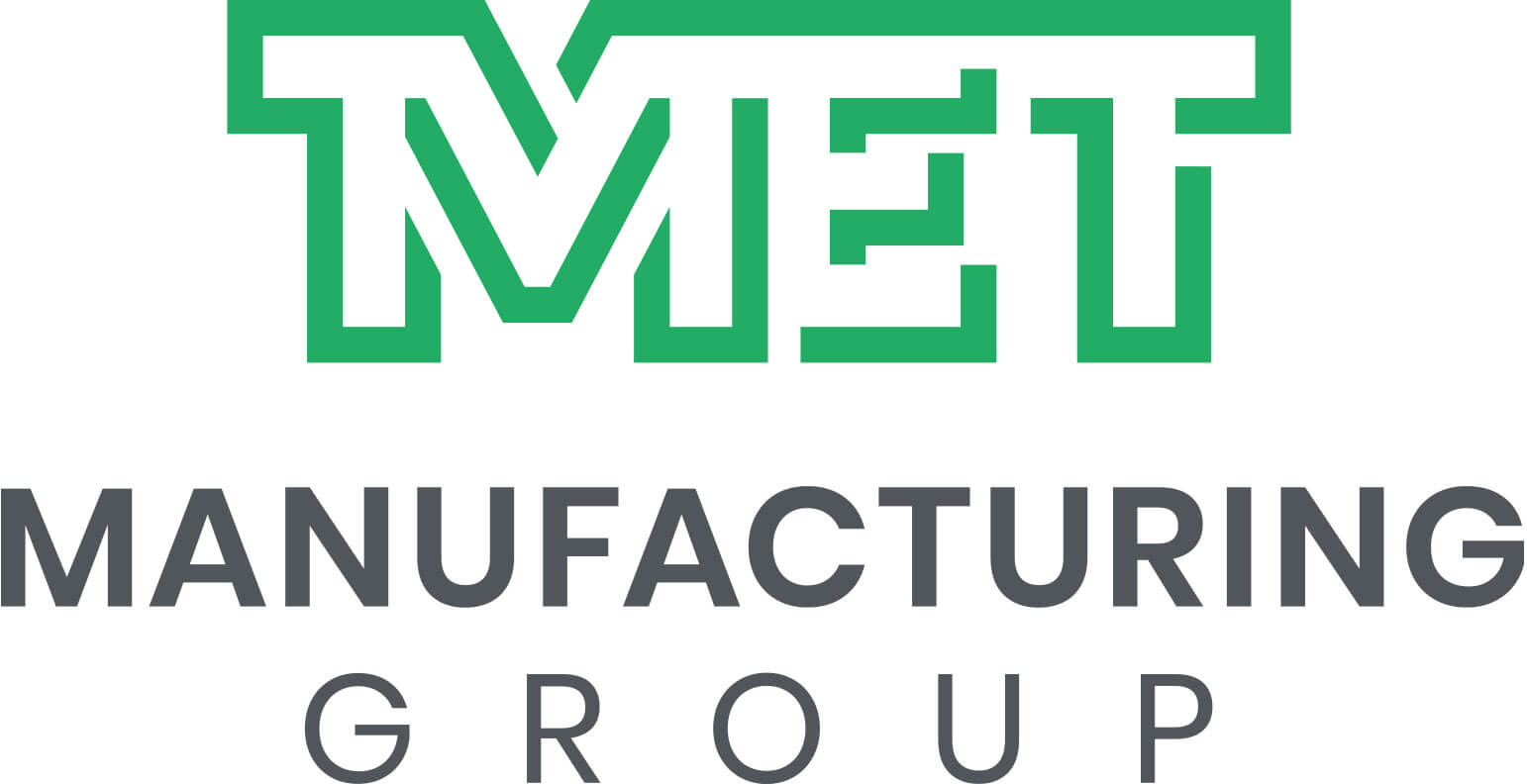Whether working on a simple design project like a packing lid for an electronic circuit board or something with more advanced specifications and tight tolerances, photochemical etching can be a cost-effective and efficient manufacturing process. Photochemical etching gives design engineers the benefit of low-cost tooling, quick prototyping, and high precision, tight tolerance capabilities. There are several metal fabrication processes to choose from in the manufacturing industry, but photochemical etching is a reliable solution for the prototyping and production of quality thin metal components.
This blog post will help you understand photochemical etching, how it works, its applications, and why you should consider it when designing a part for manufacturability.
What Is Photochemical Etching?
Photochemical etching is a machining technique that employs photographic and chemical processes to produce parts for engineered designs in various industries. Other names for the photochemical etching process include photochemical milling, photo etching, chemical machining, acid etching, and metal etching.
How Does Photochemical Etching Work?
The photochemical etching starts with cleaning flat, sheet metal material to remove oils and contaminants. The material is then laminated on both sides using acid-resistant photopolymer film. A photo tool is applied to the laminated sheet metal and UV light is used to expose the design into the laminate, on both sides of the metal. The final pre-etching prep process is a development solution that selectively removes excess resist from unprotected areas, leaving just the part design. Using a conveyorized etcher, ferric chloride is applied to dissolve the unprotected areas leaving only the desirable part. After the etching process, the finished part is placed in a stripping solution to remove all remaining resist and applying a corrosion inhibitor to prevent rust and oxidation. Free of any contaminants, the etched parts are then ready for further processing and/or final Quality Control.
Common Metals Used in Photochemical Etching
The following metal and metal alloys are commonly used in the photochemical etching process:
- Stainless steel alloys
- Steel alloys
- Brass
- Copper
- Beryllium copper
- Aluminum
- Inconel
- Nickel silver
- Phosphor bronze
- Exotic alloys
What Are The Uses Of Photochemical Etching?
Etched products are commonly used in many consumer applications. Due to the versatile nature of etched parts, you can find etched components in something as small as a cell phone or as large as an aircraft.
Photochemically etched products can stand alone or be found in the following:
Electronics and Hardware
- Fine screens
- Sensors
- Metal gaskets
- Circuit components
- Washers
- Apertures
- Microwave/Telecommunications
- Cell phones
- Hearing aids
Medical Equipment
- Imaging equipment
- Surgical blades
- Medical batteries
- Pacemakers
- Microscope objectives
Aerospace
- Telescopes
- Radars
- RF signal collectors
Any application that requires a thin gauge sheet metal fabrication solution should consider photochemical etching.
What Are The Benefits Of Photochemical Etching?
Low-Cost Tooling
Photochemical etching utilizes a mylar film with silver based ink as the tool to transfer the image. A general cost for an engineered tool for the photochemical etching process is approximately $400. The tooling can also be generated or revised/re-generated in 1-2 business days.
In comparison, a traditional stamping or tooling based manufacturing method could be several thousand dollars and have a significant lead time from start to first application.
Preserved Metal Properties
Unlike traditional mechanical fabricating, photochemical etching produces no jagged corners or abrasions and preserves the physical properties of the metal. This machining process does not affect the metal hardness, grain structure, or ductility because no mechanical forces are applied to the metal. Because the process does not include heating the part, there are no heat-affected zones as with other traditional fabrication methods.
Prototyping Versatility
With photochemical etching, you can make several changes to parts during the prototype development process, and the designer or manufacturer can change the dimensions utilizing the low cost tooling. A single tool can also be used to create multiple styles of a potential design.
Burr-Free Parts
The photochemical machining process has the ability to produce burr free products. Finished etched features like holes and separated edges will be smooth, rounded, and burr free.
Replicability Of Design
Photochemical etching allows patterns to be replicated several times on a panel, which enables lower costs while maintaining design accuracy.
Recessing of Material Thickness
Commonly referred to as “Half Etch”, photochemical etching allows material to be removed from only one side of the sheet. This allows for multiple depth throughout the designed part. This could be used as text identification, bend lines for post processing, recessed pocks, or general surface finishing and roughness.
Photochemical Etching Services By MET Manufacturing Group
MET Manufacturing Group specializes in thin gauge, precision sheet metal applications using photochemical etching as outlined above. MET also offers value-added services of forming, plating, heat treating, kitting, and specialty packaging for our etched products.
As an ISO 9001:2016 certified company, MET highly values our Quality Management System and the requirements of our customers. MET takes pride in dynamic customer service, competitive lead times and pricing, and building long-term relationships that continually service customer needs.
For more information about our photochemical etching capabilities, contact us at (574) 293-3342, or you can also request a quote today.

